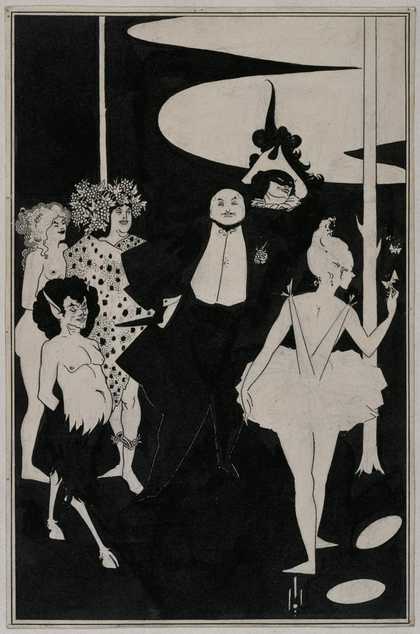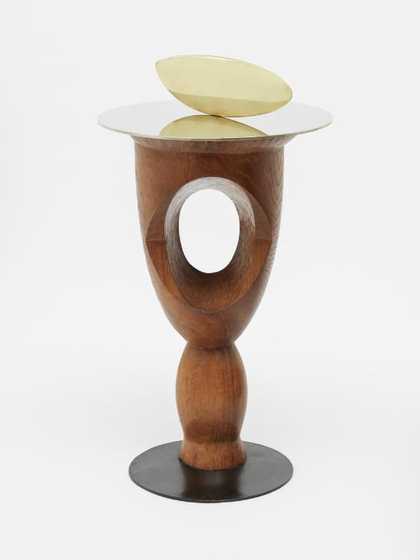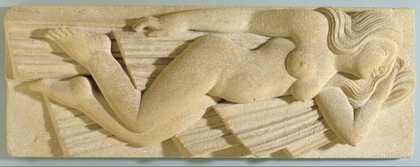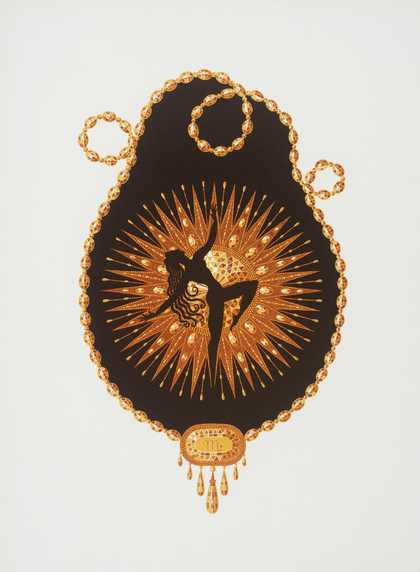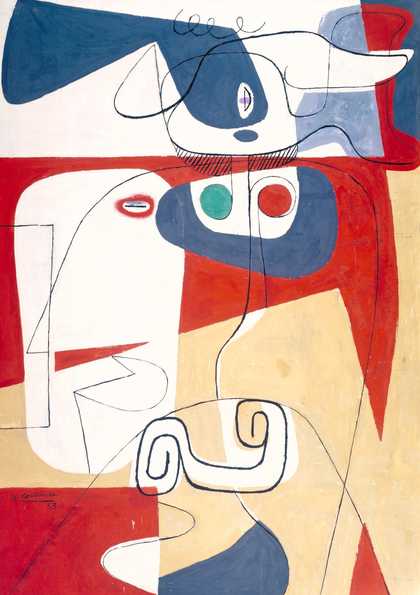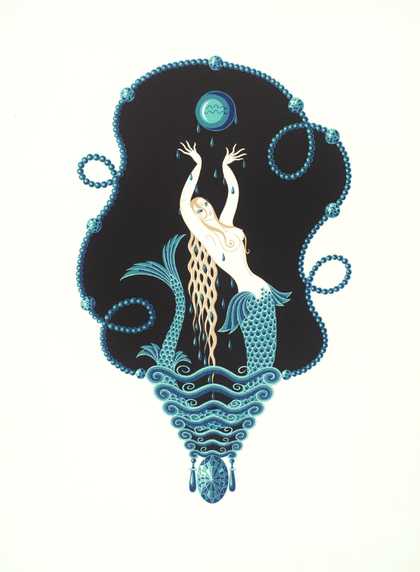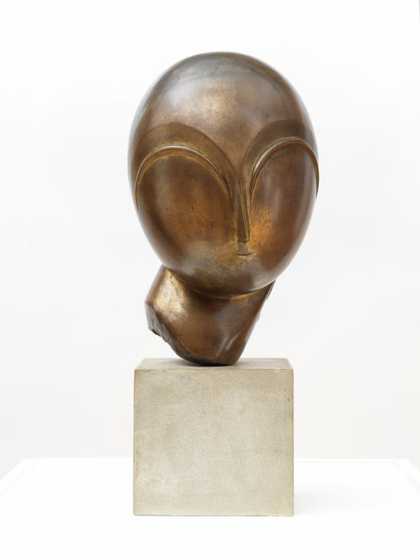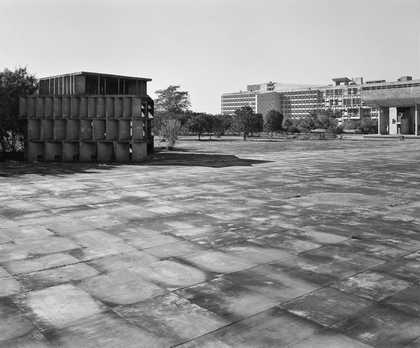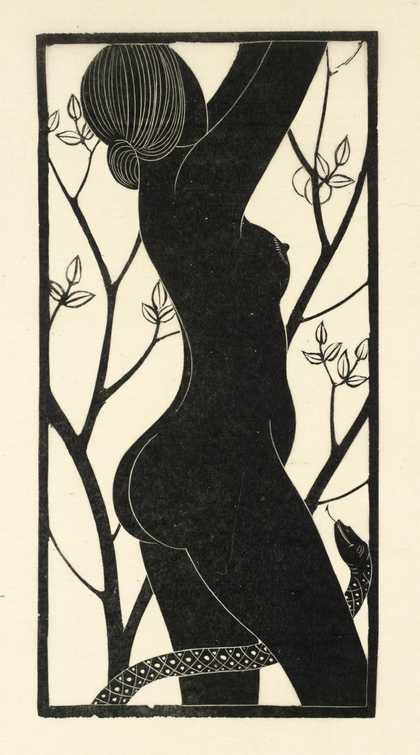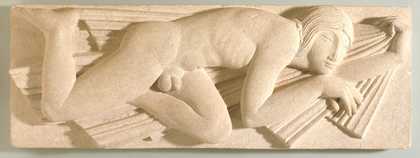
Eric Gill
The East Wind (1929)
Tate
Named after the International Exhibition of Modern Decorative and Industrial Arts held in Paris in 1925, art deco can be seen as successor to and a reaction against art nouveau. Seen in furniture, pottery, textiles, jewellery, glass etc. it was also a notable style of cinema and hotel architecture.
Its chief difference from art nouveau is the influence of cubism which gives art deco design generally a more fragmented, geometric character. However, imagery based on plant forms, and sinuous curves remained in some art deco design, for example that of Clarice Cliff in Britain. Art deco washighly varied in its influences, taking inspiration from ancient Egyptian art, Aztec and other ancient Central American art, as well as from the design of modern ships, trains and motor cars. It also drew on the modern architecture and design of the Bauhaus, and of architects such as Le Corbusier and Mies van de Rohe.

